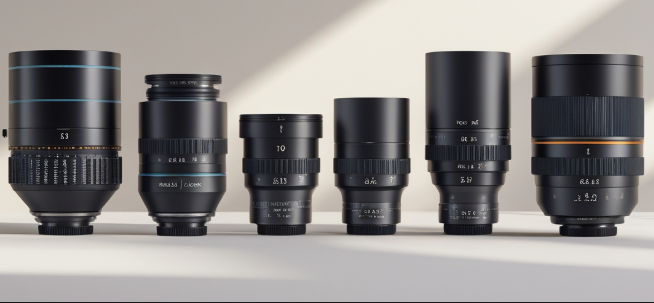Samyang Lenses vs Canon L

Color Rendition: Samyang Lenses vs Canon L
When photographers and filmmakers compare lens systems, one of the most discussed aspects is color rendition. While sharpness and autofocus performance often dominate technical reviews, the way a lens reproduces color significantly influences the mood and authenticity of an image. Among professionals, Samyang lenses and Canon L-series lenses are often compared for their rendering qualities. Both have unique characteristics that cater to different creative preferences and workflows.
Understanding Color Rendition in Lenses
Color rendition refers to how accurately and consistently a lens reproduces colors compared to the real-world scene. Factors such as glass quality, coatings, and optical design affect this outcome. While camera sensors also play a major role, the lens serves as the first filter of light entering the system. Subtle differences in tint, contrast, and saturation between lenses can make a noticeable impact, especially in portrait, landscape, and cinematic applications.
Samyang’s Approach to Color
Samyang lenses, known for their affordability and optical innovation, have steadily improved in color science over the years. Modern Samyang primes, especially the AF series and XEEN cinema line, are designed to deliver neutral yet vibrant colors. They often produce natural skin tones, making them reliable for portraiture. The coatings applied on Samyang glass also help control chromatic aberrations and flare, resulting in consistent color under different lighting conditions.
Cinematographers particularly appreciate XEEN and XEEN CF lenses for their balanced color response, which makes color grading easier in post-production. They provide a clean, cinematic base without strong color shifts, ensuring flexibility for different creative looks.
Canon L-Series Color Signature
Canon’s L-series lenses are considered a gold standard in professional optics, partly because of their distinctive color rendering. Canon L glass is often described as producing warmer tones with a touch of contrast that flatters skin tones and enhances landscapes. Many portrait photographers prefer this characteristic because it delivers pleasing results straight out of the camera without extensive editing.
Additionally, Canon’s advanced coatings contribute to excellent light transmission and reduced flare, allowing images to maintain contrast and color fidelity even in challenging backlit scenarios. The "Canon color" is a signature look that many professionals trust for consistency across projects.
Comparing Samyang and Canon L
When comparing Samyang lenses to Canon L-series, the differences in color rendition can be subtle but noticeable to a trained eye.
-
Neutral vs. Warm: Samyang tends to deliver more neutral tones, whereas Canon L lenses often lean toward warmth.
-
Post-Production Flexibility: Samyang’s neutral profile gives more room for grading in filmmaking, while Canon’s warmer rendering saves editing time for photographers who prefer ready-to-use colors.
-
Consistency Across Lineups: Canon L lenses maintain a more unified color signature across focal lengths, while Samyang has improved consistency significantly, especially in the XEEN cinema line.
Ultimately, the choice depends on whether you value a neutral, flexible base (Samyang) or a refined, warm color signature (Canon L).
Practical Considerations for Photographers
For professionals working in mixed systems, understanding these differences helps in maintaining a consistent workflow. If combining Samyang and Canon lenses in a shoot, slight adjustments in white balance and post-processing may be required to unify the look. Landscape shooters may lean toward Canon’s vibrancy, while filmmakers may prefer Samyang’s balanced neutrality for color grading.
Conclusion
Both Samyang and Canon L lenses offer excellent optical quality, but their approach to color rendition differs. Samyang emphasizes neutrality and flexibility, making them ideal for cinematic work and photographers who prefer to fine-tune colors later. Canon L lenses, on the other hand, deliver a warmer, ready-to-use rendering that appeals to many professionals for its timeless look. Choosing between the two comes down to creative preference and workflow needs, rather than a strict hierarchy of quality.




